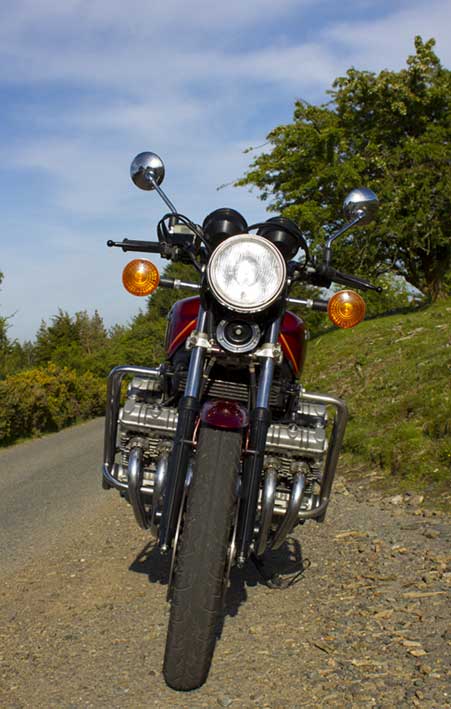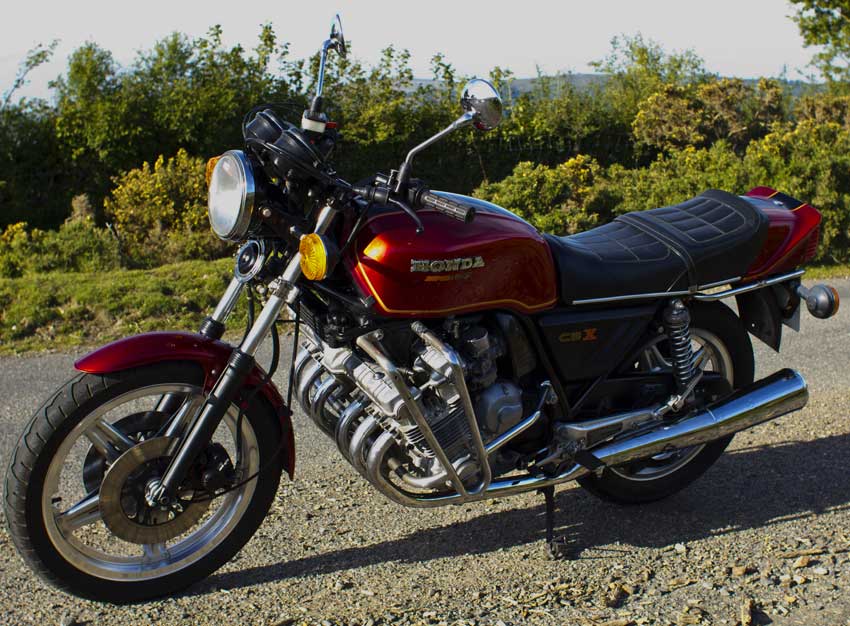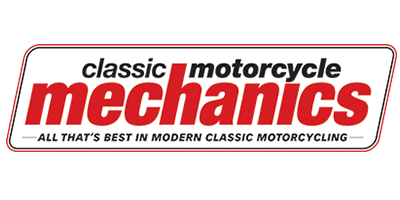In 1978 Honda lit the touch paper and stood well back by introducing the CBX1000 six cylinder. Contrary to popular belief, it was not the first production six cylinder motorcycle, Benellli beat them to it by about five years with their Sei. It was a firm statement telling the world that the British motorcycle brands were dead and it was a rebuke to the American motorcycle journalists who had dubbed Honda boring. For many years, the Americans had looked at Honda as an innovative, inspirational brand. But they had appeared to rest on their laurels after taking the world by storm with the CB750 in 1969, which was still in production. I will shortly write another article detailing more of the heritage of this behemoth that shook the motorcycling world to its core.

There were two models of the CBX1000, the Super Sport, twin shock and the Pro-Link with a single rear shock. I have owned a CBX1000 Super Sport for over two years and can only use that machine as a reference point. The engine! The CBX1000 is all about the engine and a good job it’s about that massive lump, because there isn’t much motorcycle to write about apart from that engine. It’s enormous, the rider’s legs are completely shielded by that humungous block. It produces around 105 BHP, at the crank, and when it comes on song, it sounds like nothing on earth, howling from about five thousand revs onwards. The power delivery is super smooth, being a six, but must be treated with the utmost respect, or you will be flying down the road, watching sparks fly from your beloved beauty and watching the destruction of obsolete parts you’ll never be able to replace.
The handling is a complete disgrace and for good reason. The forks are not that much bigger than those from a Super Dream 250. The thin, pressed Comstar wheels are Honda Super Dream 250 items and they cost a fortune to refurbish. They also only allow a sliver of tyre contact with the ground. These beasts weigh 265 Kilos, so they need a rigid frame, but just don’t get one. In fact, they don’t really get a frame to speak of at all, the engine is used as a stressed member, which means there is no down tube and no lower cradle. What frame there is, is more rigid than you would be lead to believe, due to the engine being a stressed member. However, when the skinny back or front wheels due let go, this motorcycle will give the rider no warning of pitching the rider off.
Although the CBX1000 has twin front discs, they too are from the SuperDream 250 parts bin. At 265 kilos, they manage to stop the bike but will fade if you race the bike and would certainly benefit from braided steel. But that engine! The engine is sublime and pulls from tick over, provided the carbs have been balanced properly. The engine also requires a lot of attention to keep these motorcycles on the road. Oil must be changed every thousand miles and oil filter every two thousand, or one of the two cam chains will break. Carbs need balancing regularly and it is a tough job, due to lack of space. Valve clearances, all twenty four of them, need to be kept within tolerances. Second gears are very weak if the bikes been thrashed by a previous owner. Prices are around the £12,000 mark for an investment grade piece, but these will be easily £20,000 by the end of the decade.
It sounds like an awful motorcycle. The brakes are alright, the engine, although massive, smooth and powerful is enormously needy and it dumps the rider on the road if they’re disrespectful of the thin tyres. Yet I love my Honda CBX1000. It’s a great motorcycle. Everywhere I go crowds form and I love riding it. That engine is incredible and the sound of it when it comes on cam is like nothing on earth. If you find a CBX1000 with a standard exhaust, you may well find it is in fact rotten. However, David Silver Spares do an excellent replica set of pipes for about a thousand pounds and I must say that they look and work beautifully. I have got the original set too, so they can be repaired, which very few of these come with. In fact finding one with an original set of pipes is very hard indeed and finding a second hand original exhaust system, is not just costly, but almost impossible. So if you’re lucky enough to find one with and original set of pips, take them off, wrap them in plastic and store them in a warm and dry environment, just like I did. That way, you have a great standard looking set f pipes and also a set of originals for the purist. Just don’t ride it around with the standard pipes on, as they’ll deteriorate and corrode before your eyes.

I love my Honda CBX1000, it’s a joy to own. You just have to hold back on corners, leave enough room to brake and stay on top of the servicing. All of which are trials, because that engine just begs you to ride the bike, rather than work on it, and to spank it to within an inch of its life on every bend and at every hazard. However, restraint and respect are the order of the day when owning such a rare piece of motorcycling history. These classic motorcycles are incredibly rare, as they were expensive when new and the Super Sport was only made for three years. Parts have become very, very hard to find for them and are incredibly expensive. I know someone who paid six thousand for a rough one on Ebay and spent a further sixteen thousand pounds restoring it, plus four years of their life, for which they were not paid. So these are incredibly good value classic motorcycles at todays prices and are certain to rise rapidly in price. This is definitely, as stated by Classic bike, a Vincent of the future and a cast iron investment. Just make sure it’s original. As always, it’s far more cost effective to buy one in excellent, original investment grade condition.
- Most collectible Ducati 916 SP - June 20, 2024
- Classic Motorcycles: To ride or not to ride? - June 17, 2024
- Classic Motorcycles: To ride or not to ride? - June 17, 2024







